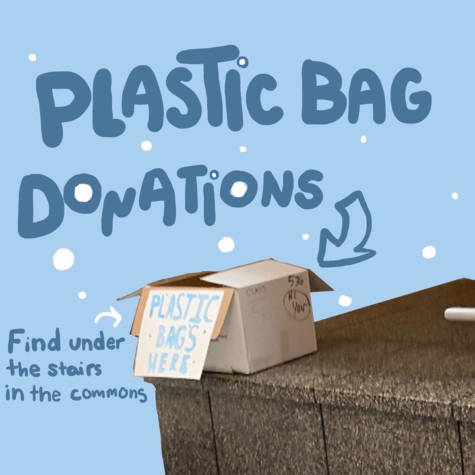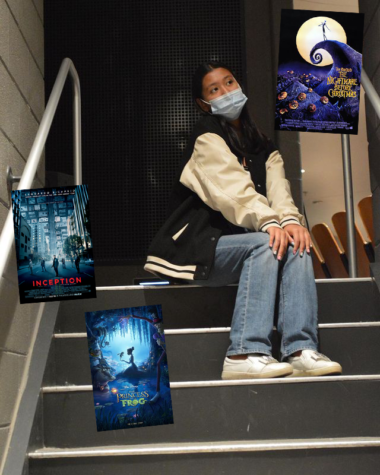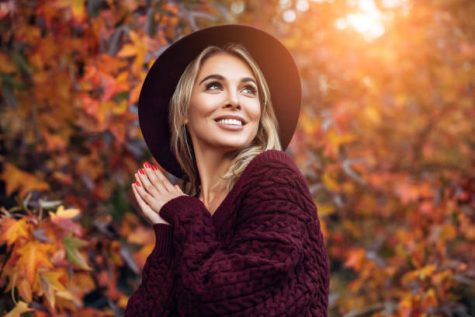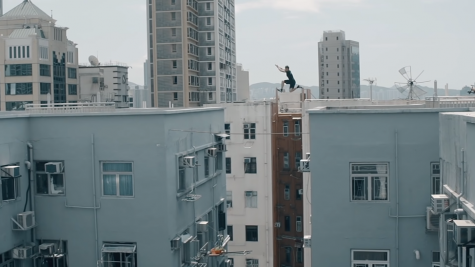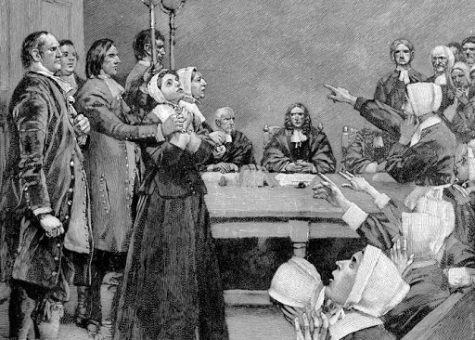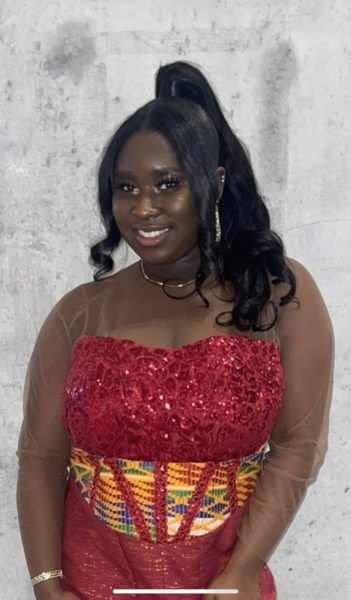The Real Story Behind Thanksgiving
If Halloween wasn’t tricky enough, Thanksgiving will hit the spot
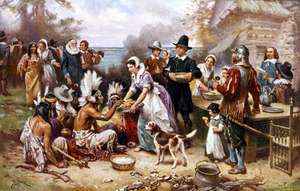
November 26, 2020
Thanksgiving holds a special place in America’s heart. A break from school, seeing family, and of course the anticipation to try all of the dishes we’ve spent all day preparing. We give thanks for the things we are grateful for and celebrate the feast that the Pilgrims and the Wampanoag Native Americans shared. Many words come to mind when thinking about Thanksgiving, togetherness, warmth, turkeys, parades. To 17-year-old Serenity Holmes, that word is “Coverup”
“The whole notion and celebration of Thanksgiving is used to cover up the mass genocide committed against Indigenous peoples. It’s used to say ‘the pilgrims were nice to the Natives’ when in reality it was bloody and deceitful.” In school, children are taught the bright and cheery version of the story of Thanksgiving. In 1620, heroic, English pilgrims crossed the Atlantic Ocean on the Mayflower to conquer the New World with it’s new possibilities and the chance to be free to practice their own religion. The pilgrims landed in Massachusetts and started to establish their new village, Plymouth. But many of them died later that winter due to malnutrition or illnesses. Squanto, a member of the Pawtuxet tribe helped the Pilgrims find food and stay safe in the New World and even helped them forge an alliance with the Wampanoag tribe. In 1621, after their first successful corn harvest, the pilgrims invited their allies to a festival now know as Thanksgiving. But this isn’t the full story.
Serenity spoke about a common misconception people have when it comes to Thanksgiving. “[People often think] that Native Americans just sat down and handed their land to the Pilgrims. The Wampanoag tribe helped the pilgrims, but that didn’t mean they gave up their land.” The pilgrims struggled in their first year in America especially when it came to food. Their solution was to steal food and seeds from the Wampanoag Natives and even pillage in their graves. The Patuxent leader, Massasoit, decided to extend the olive branch and help the pilgrims, not because they deserved it, but because it was in the Native’s best interest. Driving the pilgrims away by force, while well deserved, could incite the pilgrims to fight back and cause more harm to them. So Massasoit established an alliance with them. When the Natives came to make an agreement with the pilgrims, they allowed the settlers to stay, but had no intention of them taking over their land. They aided the pilgrims with the notion that no other pilgrims planned on settling there later. On the fateful November holiday, the Wampanoags heard the pilgrims feasting and came to see what was going on. They were not invited, but they were allowed to stay. It took 50 years for the pilgrims to outnumber the Indigenous peoples and they started to expand their colonies with force. This caused the brutal King Phillips War and resulted “death, enslavement or displacement for the majority of the Native people living in southern New England.”* The Native Americans provided the pilgrims with the resources they needed even though the Wampanoags owed them nothing, yet they were still driven away from their homes and killed. “They wanted to exist peacefully among each other,” says Holmes. “Help doesn’t warrant mass genocide.”

Even today, Indigenous people are met with hostility and violence. A jarring 84.3% of Indigenous and Alaska Native women have experienced violence in their lifetime. Even today, we are taught the happier version of the Thanksgiving story to make ourselves more comfortable, but we need to acknowledge the fact that Thanksgiving is anything but happy. The colonization of America caused hundreds of attacks and raids that lead to the deaths of millions of Indigenous people. We have to change the way we talk about Thanksgiving and that starts at the core of our education, the classroom. “I would like to change the ‘Thanksgiving Pageants’ put on in elementary schools,” Serenity says. “It is absolutely disgusting. Why did the school system allow for us to dress up as Native Americans? It is vile and traumatic for us Indigenous peoples.” The change starts with us and the way we are taught. We cannot allow
We can’t change the past, but we can acknowledge it and learn from our ancestors’ mistakes. There’s so much for allies to do, and when it comes to switching the rhetoric about Thanksgiving and Indigenous history. Serenity’s biggest point is to “decolonize! Whether that be in your diet or knowledge! Educate yourself on the true history of Native Americans and the oppression that exists today.” There are countless resources out there to educate yourself on Indigenous history. Being taught false history makes us ignorant to the injustices that Indigenous people faced and still face today. Let’s put an end to the notion that the pilgrims and the Natives were friends and lets learn the real story behind Thanksgiving.
Special thanks to Serenity Holmes for agreeing to be interviewed!
